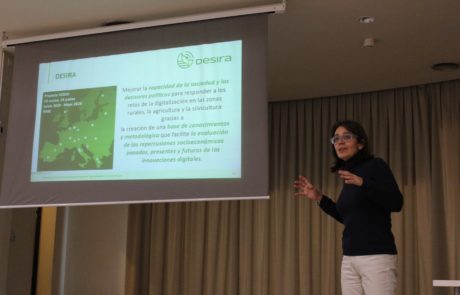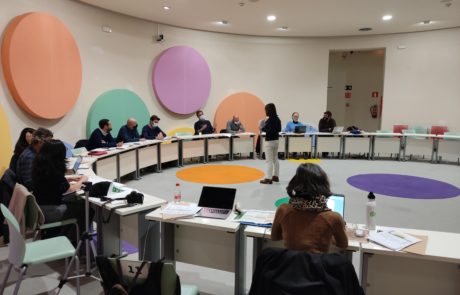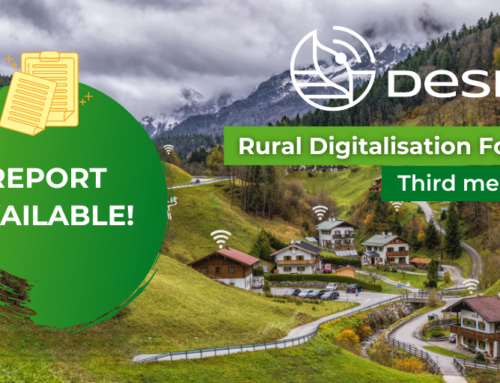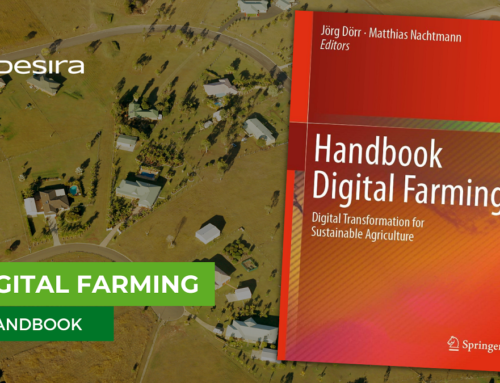The Living Lab coordinated by University of Córdoba is working on the topic of forest fires in Andalusia. This is an increasingly recurrent phenomenon with an everchanging and more unpredictable behaviour. Few months ago, the fire initiated in Sierra Bermeja (Málaga) was “unusual in our country” -as stated by the Deputy Director of the regional government’s forest fire service- and caused the death of a firefighter. This extreme episode tested the capacities of the whole forest fires management system and gave stakeholders the opportunity to reflect on the future challenges.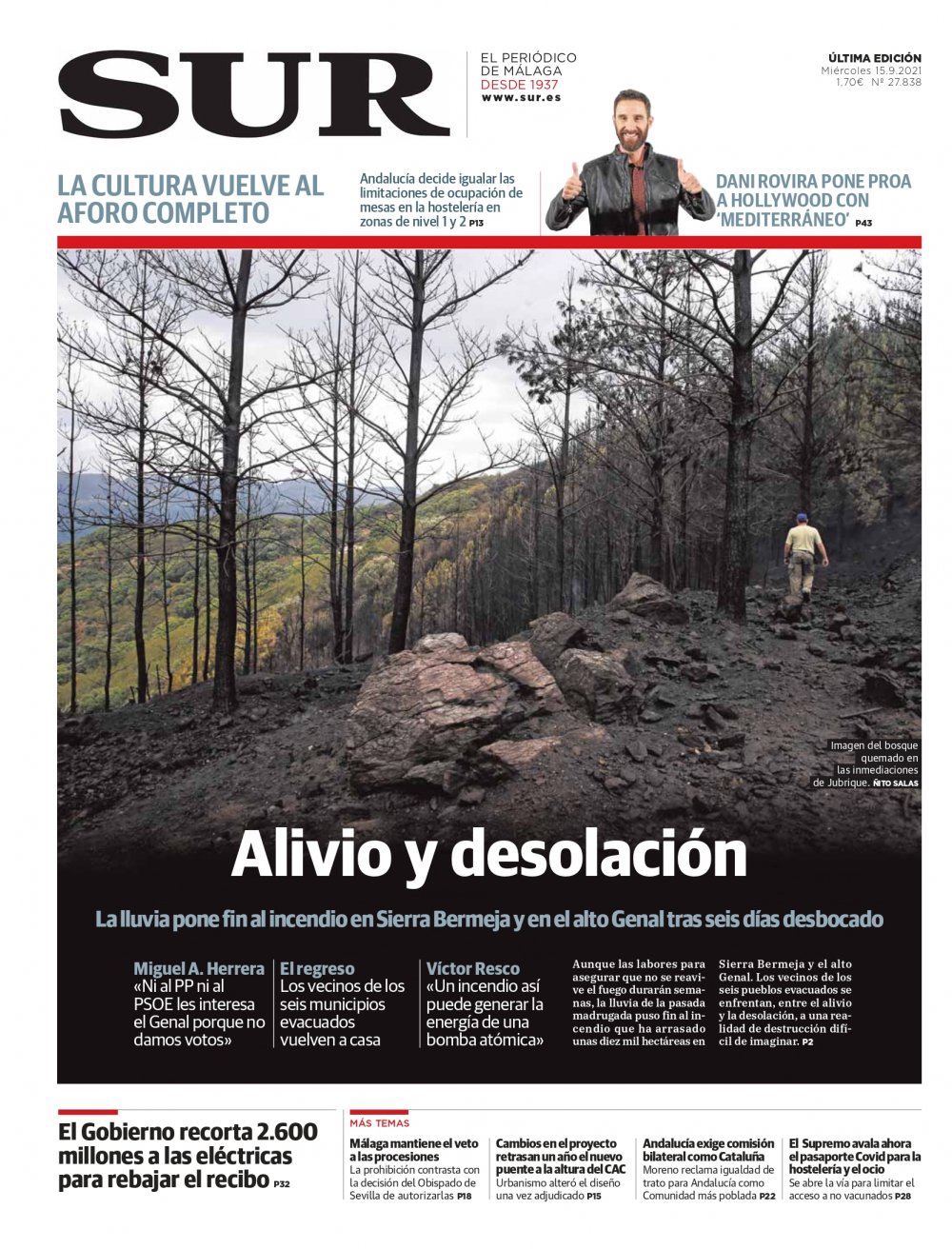
Cover of the local newspaper on the day after the Sierra Bermeja fire was declared fully extinguished stating ‘Relief and desolation’.
The team organised a face-to-face workshop in Seville (December 2021) with 15 attendees from all stakeholder groups (public administration, civil society organisations, private sector, academia). Starting from the focal question “How can digitalisation contribute to reduce the damage caused by wildfires and to make more effective firefighting and degraded land restoration by 2030?”, combined interactive exercises were conducted with group discussion and presentations.
Mar Delgado introducing DESIRA and the workshop objectives and view of workshop participants.
Participants agreed on the Drivers of Change understood as critical uncertainties in the future of forest fires (e.g. the occupation and use of forest areas or the valorisation of forest resources and farming activities) and proposed a set of assumptions for each. Living Lab members then chose different pathways individually that could build future scenarios.
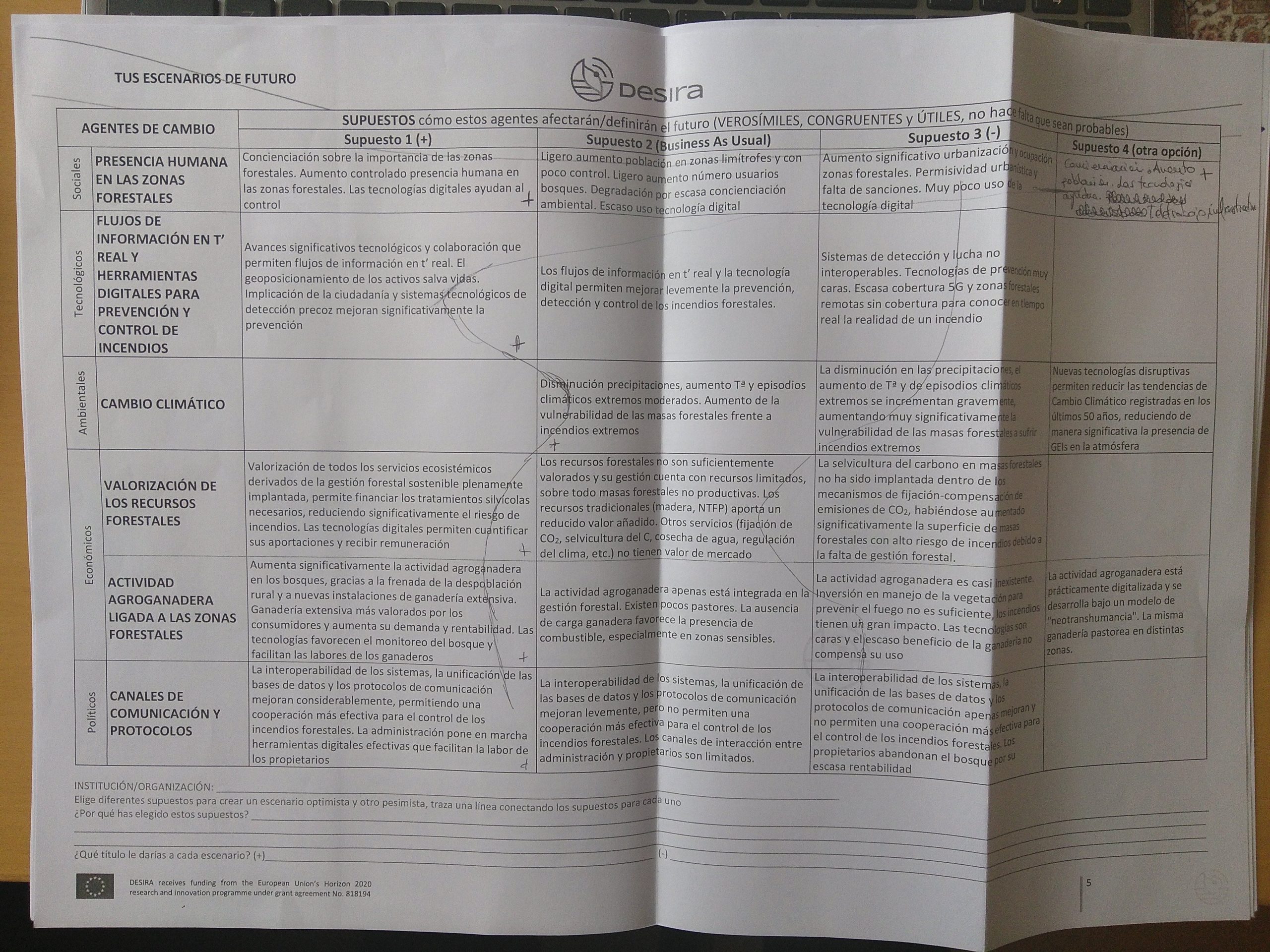
Participant’s chosen pathways for future scenario
In group, attendees discussed two scenarios: the better-not-best scenario “In tech we trust” and the worse-not-worst scenario “Less shepherds, more developers”. In the first scenario, a combination of technological progress and increased awareness about the importance of forests, manage to revitalise the rural areas and to significantly reduce the impact of forest fires. Whereas the second scenario envisions a lack of forest management and planning deteriorating the forest areas, coupled with an uncontrolled land occupation and the disappearance of farming activities traditionally linked to the forests.
Finally, different policies and strategies for each scenario were suggested, like modifications in land planning to allow for more diverse and multifunctional forest areas.

